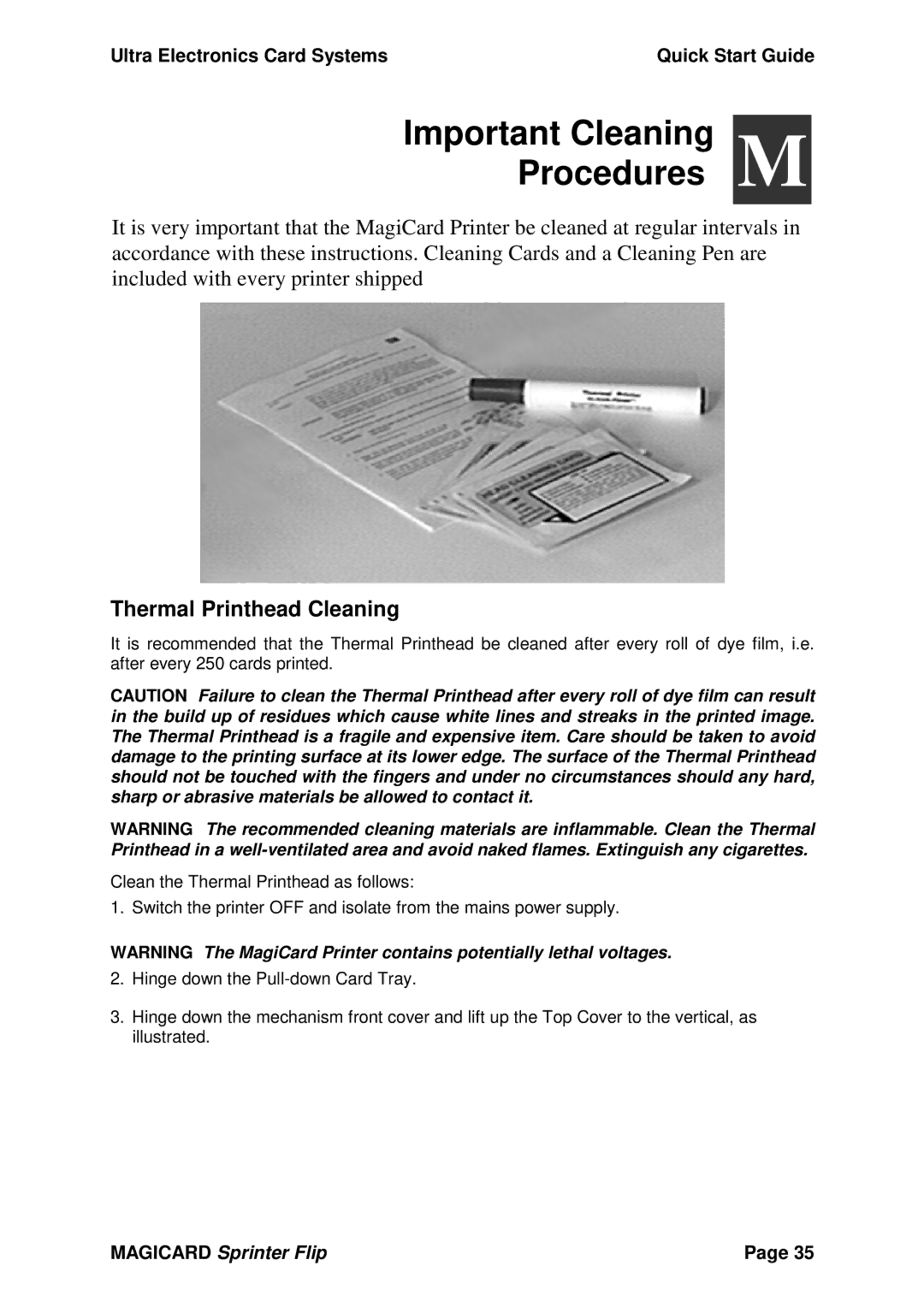3503-1002, 3503-1004 specifications
Ultra Electronics 3503-1004 and 3503-1002 are advanced communication systems designed to meet the stringent demands of various military and defense applications. These two models stand out due to their robust features, cutting-edge technologies, and distinct characteristics that enhance operational effectiveness.Both the 3503-1004 and 3503-1002 employ state-of-the-art technology to ensure secure and reliable communications in challenging environments. They utilize frequency-hopping spread spectrum techniques, which enable them to operate over a wide frequency range. This capability not only enhances signal integrity but also mitigates the risks of jamming and interception, making them ideal for tactical operations.
One of the main features of these models is their high data rate capability. The systems can support multiple channels simultaneously, allowing for efficient transmission of voice, video, and data. This feature is crucial for modern military operations that require seamless interoperability between different units and platforms.
The 3503-1004 model is particularly noted for its extended operational range. Leveraging advanced modulation schemes, it can transmit signals over long distances while maintaining clarity and minimal latency. This is essential for units operating in dispersed formations or in remote areas where traditional communication systems may falter.
On the other hand, the 3503-1002 is optimized for portability and ease of deployment. Weighing significantly less than conventional communication systems, it can be rapidly set up by operators in the field. This mobility is complemented by its battery-efficient design, which extends operational time and reduces the need for frequent recharging.
Both models feature robust encryption protocols to ensure mission-critical communications remain clandestine. The use of sophisticated algorithms guarantees that transmitted information is protected against unauthorized access, which is vital in today’s warfare landscape.
In summary, Ultra Electronics 3503-1004 and 3503-1002 embody the future of tactical communications with their high data rates, secure transmission, extended range, and portability. These characteristics make them indispensable tools for military personnel striving to maintain an edge in modern combat scenarios. As technology continues to evolve, these systems represent a significant leap forward in ensuring that communication remains reliable, secure, and effective in the theater of operations.

